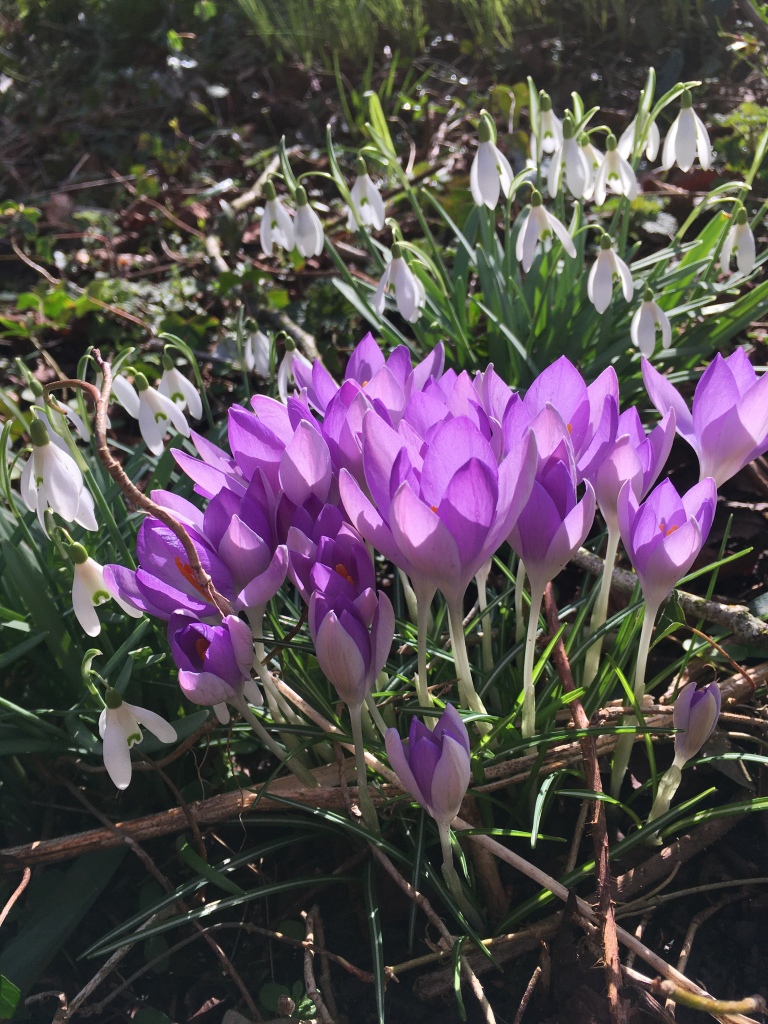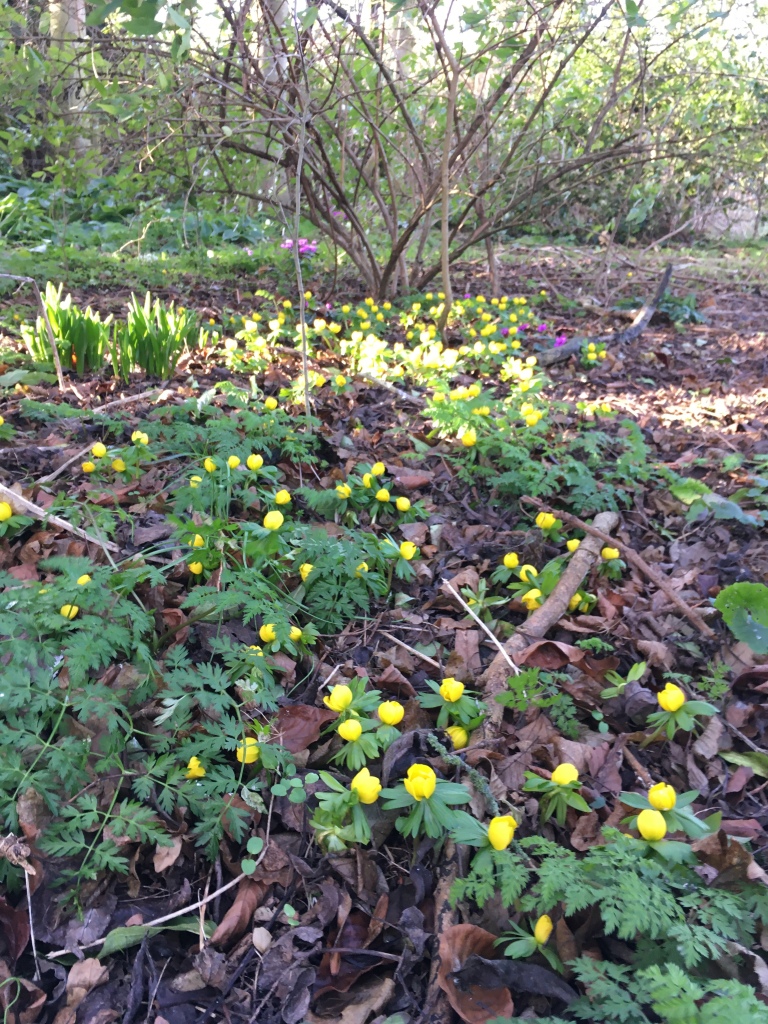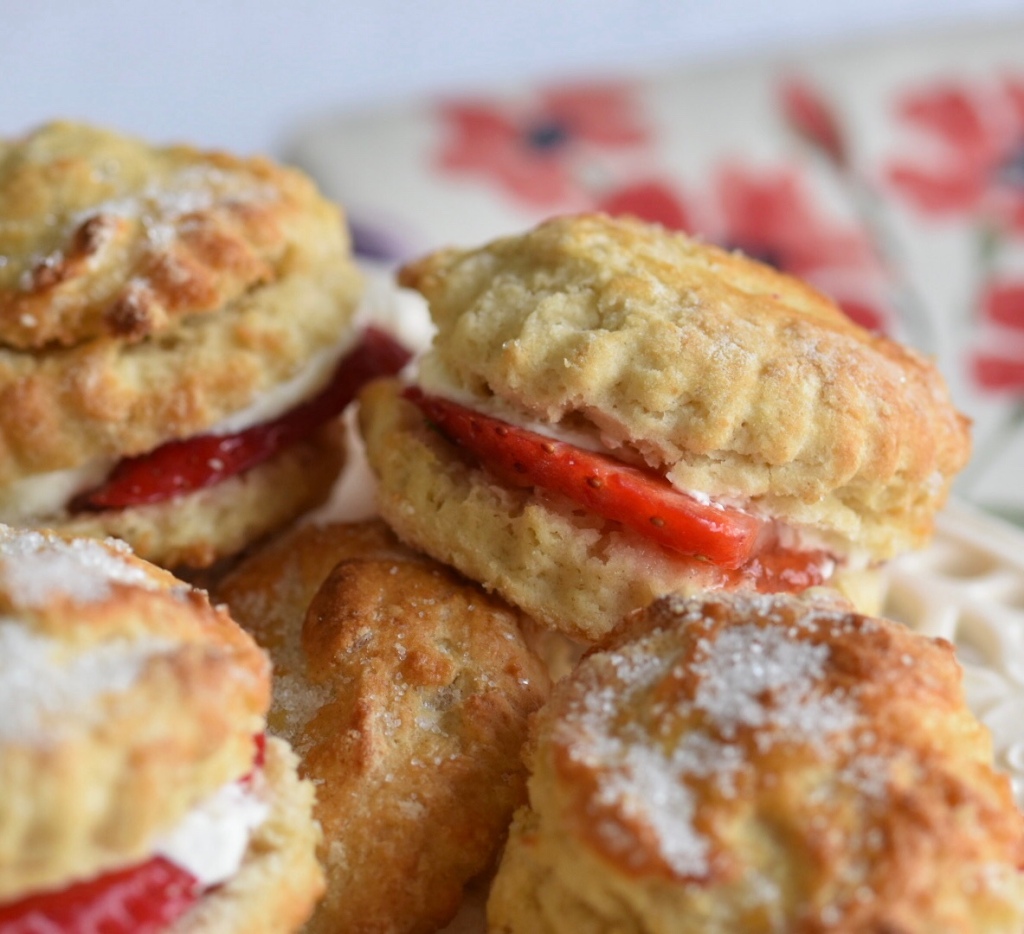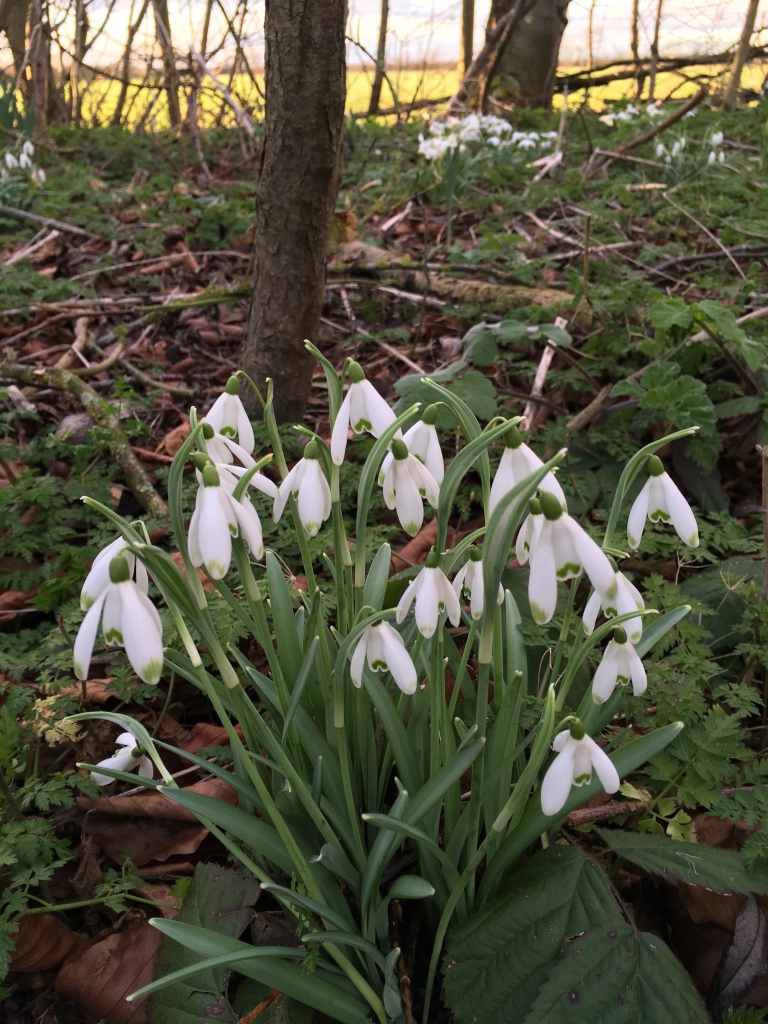BOOK REVIEW AND MY BBC LOCAL RADIO BOOK OF THE WEEK
Published by Laurence King, March 2022
Hardback, 192 pages, £19.99
ISBN: 978-085782-893-4

A Greener Life is much more than a ‘how-to-garden’ book, it’s actually a revealing diary of the writer’s journey from a stressful life and illness, to peace and calm through creating a garden and connecting with nature.

Jack Wallington writes how he struggled to sleep, was regularly ill and felt as if he’d ‘lost his way’ as he tried to keep up, and be available 24/7. “I thought the feeling of dissatisfaction was normal, to be waited out until retirement.” The turning point was the day Jack and his partner Chris planted the first trees, shrubs and bulbs in their new garden. “My worries briefly melted away, and a spark of happiness ignited.”
Jack says childhood memories trickled back, memories of sowing tomato and nasturtium seeds and taking cacti cuttings to sell for pocket money.
Through simply planting a garden he was better able to deflect stresses and anxieties and seemingly insurmountable problems at work . “Life, all life, the thing I had loved as a boy, that had been around me all along, was helping my world make sense. I had euphoric moments when discovering other gardens and visiting countryside. I began to feel connected to something bigger than me, and that somehow the things I planted and cared for were making a real contribution. The more I planted in the garden, the more insects and birds visited. Inviting nature back into my life gave a peace I hadn’t experienced for thirty years, and opened my eyes to the responsibility I had to the ecosystem I was nurturing.”

Jack’s book contains seven chapters. The first chapter outlines nine steps to a greener gardening life, and is almost a book in itself. Chapter two is about ‘getting started’ easy planting guides and essential tools you’ll need. Chapter three, encouraging beautiful ecosystems. Chapter four focuses on creating a wildlife -friendly garden, bringing soil to life and attracting and sustaining insect life.
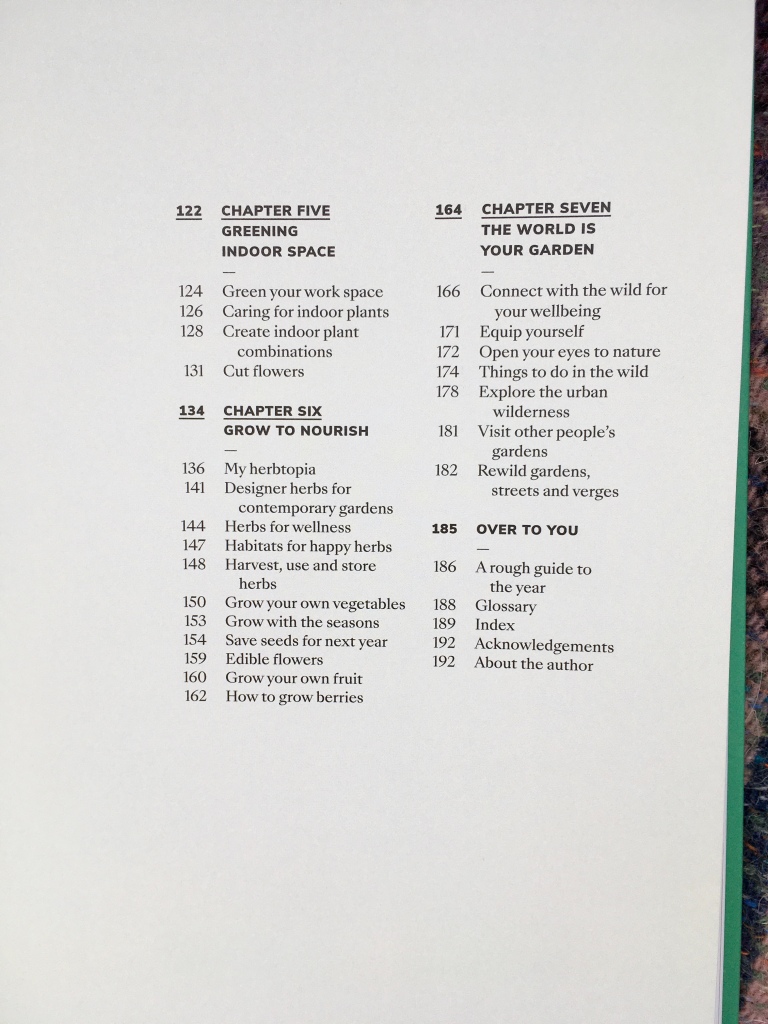
Chapter five focuses on greening indoor spaces and greening workspaces.
Chapter six talks about herbs for wellness, growing vegetables, fruit and edible flowers.
Chapter seven is about connecting with nature, exploring wild areas in the city and countryside. There’s a section on using binoculars, cameras, smartphones and field guides and magnifying glasses- a useful guide to equipping yourself to delve deeper into the natural world.
A Greener Life is an honest, well-written account of self-discovery, and Jack’s voice comes over loud and clear in this beautifully put together book. You’ll certainly learn how to create nature-friendly gardens, but you will also perhaps pause for thought at what good can come from connecting with gardens and wildlife. In these stressful and strife-ridden days, this can only be a very good thing indeed.
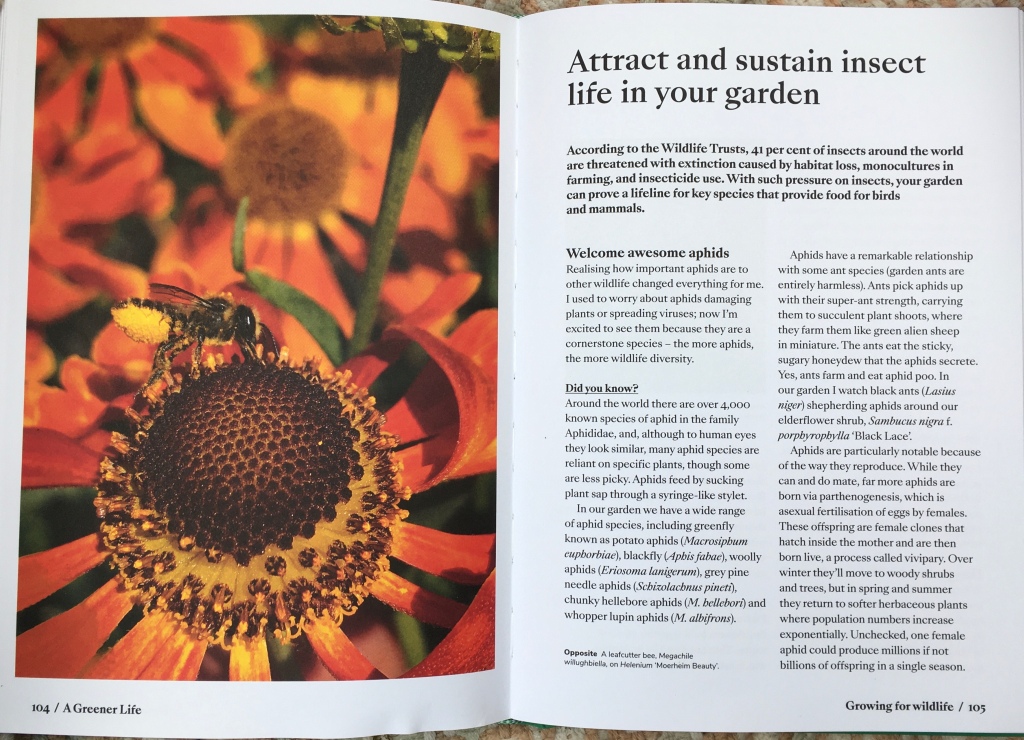




Jack’s book is really everything you’d ever need to be a greener gardener. It’s written from the heart, from someone who’s found out for himself that gardens, gardening and being in touch with nature really can make a difference. Jack says “ We’re part of the natural world and to save it is to save ourselves. We all benefit from a greener life.”

The publishers have kindly given one copy to give away. Leave a message in the comments box below and one name will be selected randomly by 26 March. Sorry, the offer is only open to readers in the UK.
